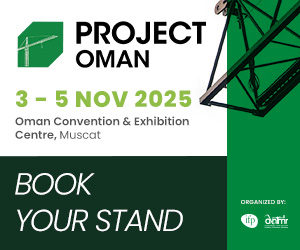Qatar’s construction industry is on track for solid expansion, with real-term growth projected at 3.4% in 2025 following a 1.4% rise last year. This momentum is driven by substantial investments in residential developments, renewable energy, and transportation infrastructure.
While challenges remain—particularly in the commercial construction segment—the market is expected to rebound, averaging 4.7% annual growth from 2026 to 2029. According to Research And Markets, this growth will be supported by both public and private spending in renewable energy, water infrastructure, and LNG projects.
The sector’s market size is forecast to reach $68.70 billion in 2025 and grow to $106.33 billion by 2030, at a CAGR of 9.13%. As a key pillar of Qatar National Vision 2030, construction plays a central role in sustainable development, emphasizing eco-friendly practices, resource conservation, and improved quality of life—while driving economic growth and job creation.
Qatar’s sustainability drive is underlined by ambitious goals: increasing renewable energy’s share in the power mix from 5% in April 2024 to 18% by 2030, cutting CO₂ emissions by 25% from BAU levels, and achieving net-zero emissions by 2050. These are embedded in the National Renewable Energy Strategy led by Kahramaa.
Mega-projects include the QR198.4 billion ($54.5 billion) North Field Expansion, which will reinforce Qatar’s leadership in low-cost, low-emission LNG production by 2030, and Ashghal’s new QR81 billion five-year infrastructure plan. This includes three major residential projects in Doha’s north, west, and south, serving more than 5,500 land plots.
The sector will also be in the spotlight at Cityscape Qatar 2025, returning in October as a key platform for real estate investment, featuring 70+ exhibitors across residential, commercial, industrial, hospitality, and logistics sectors. Earlier this year, the 21st edition of Project Qatar—the nation’s largest construction trade show—underscored the sector’s pivotal role in economic diversification and sustainable growth.
Source: The Peninsula













































































